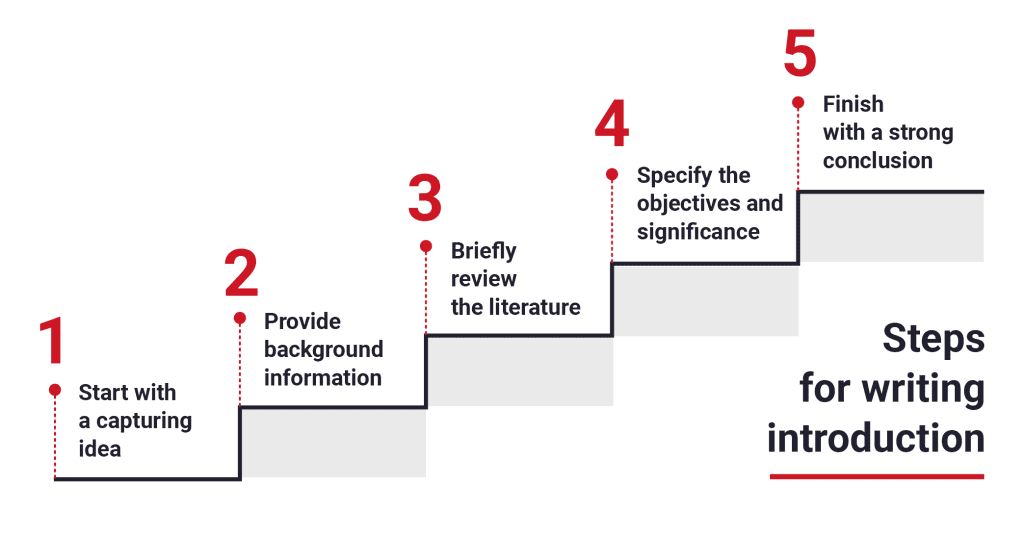Writing the introduction of a research article is one of the most important and often most challenging parts of academic writing. It sets the stage for your paper by introducing the research area, defining your objectives, and establishing the relevance of your work.
For agriculture and veterinary students in Nepal—especially those preparing for thesis writing, Master’s entrance, or PSC exams—knowing how to write a clear, compelling, and structured introduction is key to academic and professional success.

Why the Introduction Matters
A strong introduction helps readers:
- Understand the background of your study
- Identify the research problem or gap
- See the value and scope of your research
- Get an overview of the structure of your paper
It’s your chance to grab attention, show your knowledge, and guide the reader into the core of your research.
How to Prepare Before Writing

Before you even start writing, take these essential steps:
- Read recent literature to stay updated and gain clarity on the topic
- Discuss your ideas with supervisors or peers
- Take organized notes with citations for easy reference
- Think deeply about your research problem and goals
This early preparation gives you a solid foundation for your introduction.
Structure of a Good Research Introduction
Your introduction should follow a logical flow. Here’s what to include:
- Begin with recent findings
Introduce the topic using the latest research to set the context. - Explain why the topic matters
Highlight its practical or theoretical importance in agriculture or veterinary sciences. - Summarize what is already known
Briefly explain previous studies or existing knowledge. - Identify the gap or problem
Clarify what’s missing in the literature or practice—this is your research gap. - State how you aim to address it
Explain your research objectives or hypotheses. - Outline what’s in the paper
Give a brief roadmap of the structure so readers know what to expect.

What to Avoid in the Introduction
- Don’t turn it into a full literature review
- Avoid technical jargon early on
- Don’t use abbreviations or unexplained acronyms
- Avoid generic statements without context
- Don’t forget to clearly explain your title and its components
Writing Tips to Keep in Mind
- Introduce the subject and context
- Grab the reader’s attention early
- Identify bottlenecks and gaps in the field
- Convince readers of the importance and impact of your study
- Keep it concise, logical, and engaging
Remember: a good introduction is not about quantity but clarity and precision. It should provide just enough background for the reader to understand the purpose and relevance of your study.
Checklist Before Finalizing Research Introduction
- Is the research gap clearly defined?
- Does the introduction flow logically?
- Are the references up to date?
- Is the objective of the study clearly presented?
- Have you avoided common writing errors (e.g., repetition, jargon)?
Want to Dive Deeper in Writing Research Introduction?
Join our full Dissertation Writing Series at Pedigogy.com — designed specifically for Nepali agriculture and veterinary students preparing for research, Master’s entrance exams, or PSC interviews. Interested candidates, can Enroll in the full course on Mastering Technical writing here: https://pedigogy.com/courses/mastering-technical-writing-with-rahul-a-researchers-essential-guide/


